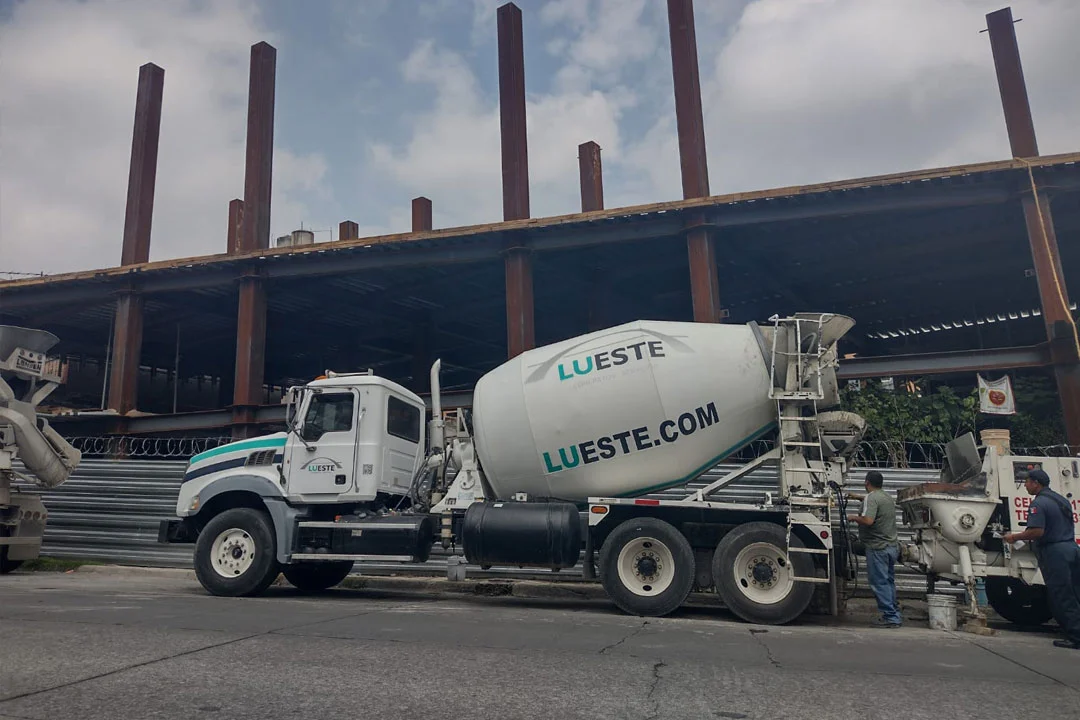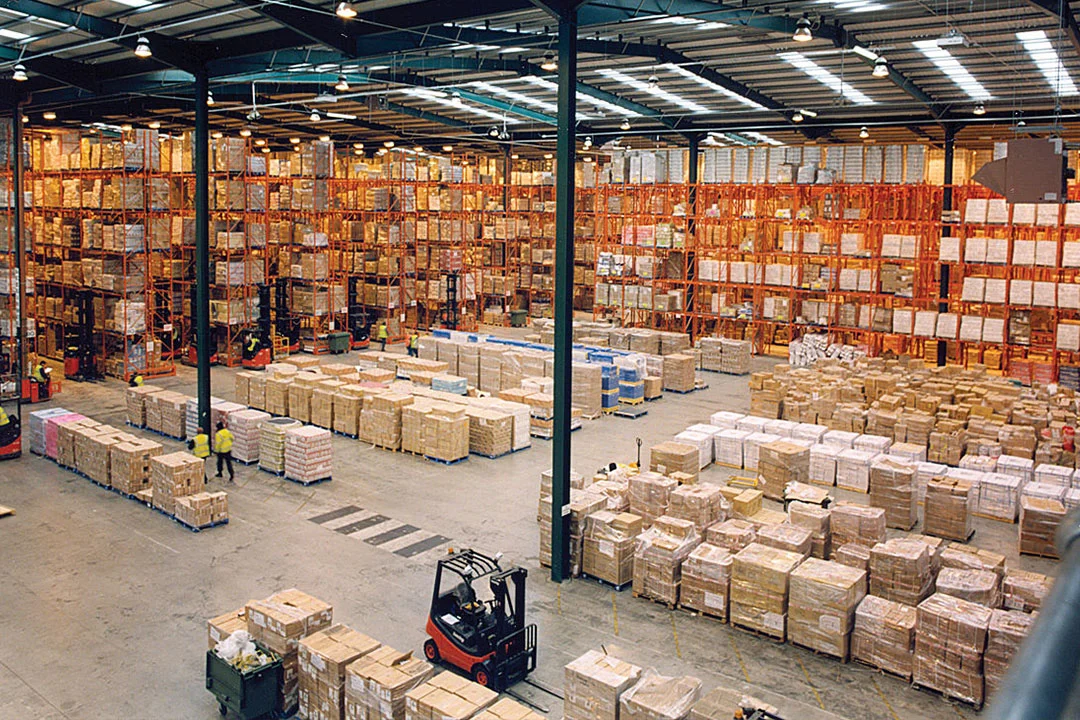Placing concrete is a very special task. It deals with specific machinery and materials. It requires precise execution to keep the structure stable. Additionally, concrete is placed around external conditions such as heat and cold. Extreme temperatures can make the concrete placement process even more precise than it is today. To better prepare you, we'll tell you about potential problems and solutions for concrete in hot weather.
Potential problems during concrete placement in hot climates.
Water plays a very important role in the production of ready-mix concrete. It is the ability to control moisture within concrete, allowing for proper setting and curing. Problems can arise due to excess or lack of humidity. In the case of concrete for hot weather, the most common problem is a lack of moisture. Experts have determined that temperatures of 80°F and above can pose a threat to the concrete placement process. Temperatures in Mexico City have been above 26 °C. Such temperatures can affect concrete in the following ways:
- Acceleration of settlement loss
- Increased potential for plastic and thermal cracking
- Loss of long-term stamina
- Improper setting and curing
- Possible cold joints
Basically, the longer the concrete cools, the better (unless the temperature is extremely low). After cooling, the mixture crystallizes and takes shape. Therefore, warm temperatures can reduce cooling time and prevent concrete from reaching full strength. It's not just the warm temperatures, either. Strong winds and high humidity can still cause unnecessarily rapid cooling.
Getting back to moisture control...
Professionals placing concrete must ensure that the concrete remains moist throughout the entire process.
How to overcome problems during concrete placement in hot climates?
There are many tips and tricks to implement when placing concrete in hot weather. The most commons are:
Place the concrete in the coolest hours, such as morning or evening. This way you don't have to modify your method and it will work normally.
Protect concrete from outside elements with umbrellas, windbreaks, sheeting, evaporative retardants and more.
Intentional cooling of one or more aggregates in a concrete mix. As a result, the concrete will cool down enough to overcome the heat of the surroundings.
If all of the above seems too complicated for you, you may need to rely on a professional concrete company. Lueste provides you with expert services, including proper concrete placement in the Mexico City heat. call +52 (55) 5598-8348 and visit our website for more information about our services. Finally, visit our blog to learn more about the preparation and execution of concrete.
.




